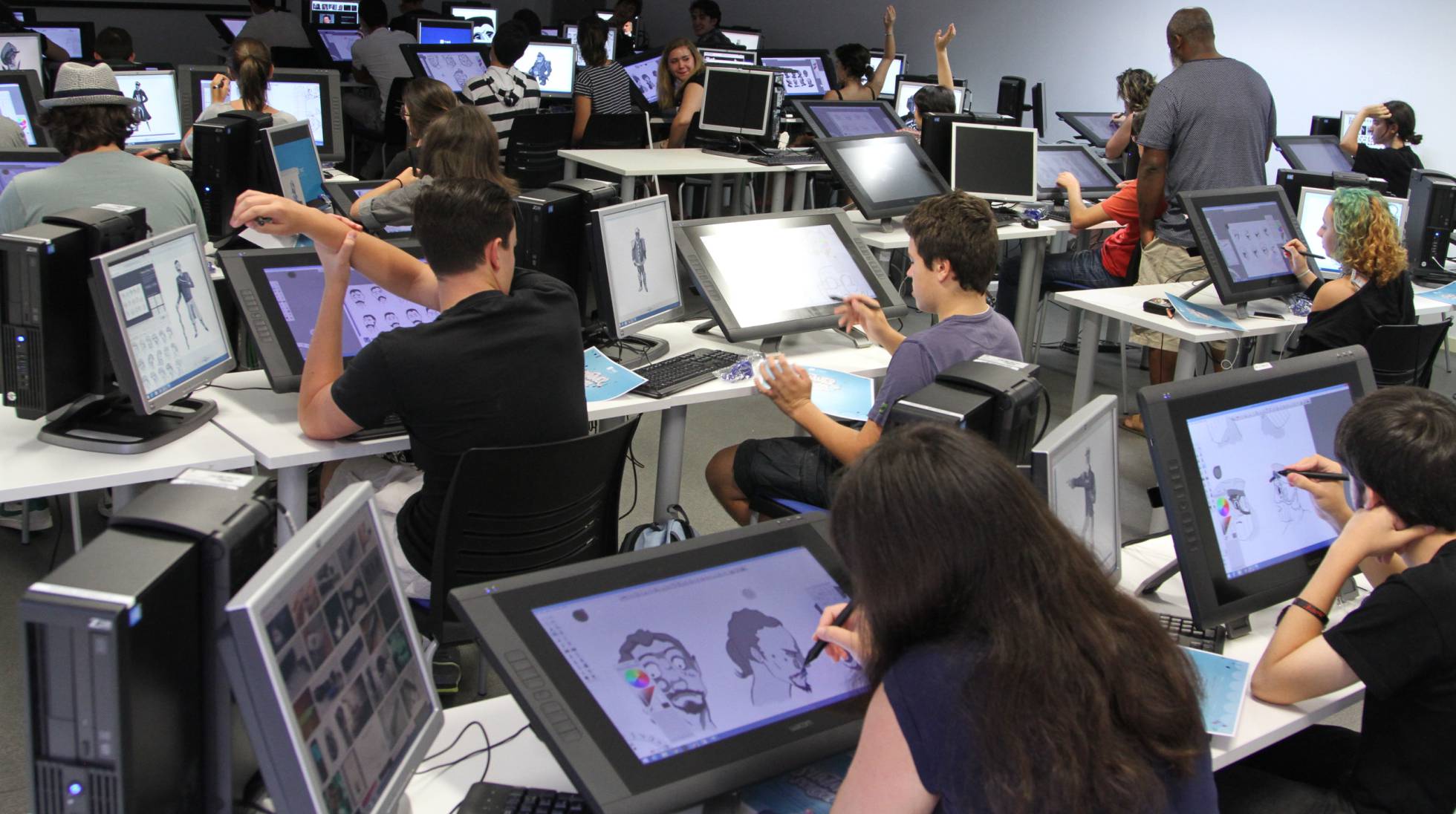Much has changed in Spanish animation since, in the 1950s, the legendary Moro Studios resorted to hospital radiographs, which they then cleaned, to obtain the acetates on which they developed their animation projects.
Today we do not work with this material (which was also very flammable), and the tons of paper in which its characters came to life have given way to technological innovations such as canvases and digital tools. Since Pixar created Toy Story in 1995 , 2D animation coexists with 3D and other less widespread techniques such as stop motion , but the background of the work in 2D remains the same.
Spanish labels have, for example, well-known titles such as Klaus, Tadeo Jones, Planet 51 or Gru, my favorite villain; but also works aimed at an adult audience such as Chico y Rita (by Trueba y Mariscal), Wrinkles or O Apóstolo , a horror film made in stop motion.
It is an industry that, in Spain alone, generates more than 654 million euros and directly employs at least 7,450 professionals, according to the data provided by the White Book of the Spanish Animation and Visual Effects Industry , of 2018. But this goes far beyond cinematographic productions, and reaches across many other fields: televisions, for example, demand animation profiles to create 3D content, and it has been developed in sectors such as education, medical, marketing or video games, to name a few examples.
University training focused on animation is relatively recent in Spain, as José Antonio Rodríguez Díaz, academic director of U-Tad points out : “Unlike in other countries such as the United States, France, England or Japan, where these university studies have existed since More than 50 years ago, in Spain it did not happen until recently.
The first official degree focused on the artistic and technical profiles of animation appeared in U-Tad in 2012 ”, and although today there are others, the offer is still scarce.
This situation made, for a long time, the path to dedicate to animation was bizarre, and that it ended up arriving by trade. “Many conceptual artists who were dedicated to the design of environments and settings, such as Carlos Zaragoza (who worked on Pan’s Labyrinth) , came from Architecture; Borja Montoro, character designer who has worked for Disney and Netflix, studied Law; and for me (who studied Chemistry) it took me 15 years to reach a large production, ”says Rodríguez.
In turn, many lighting people came from Audiovisual Communication or similar degrees, and then they did a training course in tools. It was not clear how to get to the industry: “It was easier to become a striker for Depor than to work in this field,” he jokes.
Anyone who has a vocation for it, he adds in a more serious tone, can dedicate himself to animation. Because, beyond the artistic work of the animator himself, the sector accommodates very different profiles that include character and environment designers, to create that imaginary world; but also, in 3D, modelers are required; people in charge of textures and shaders ; people who make the skeleton (rig) , which is a much more technical job; lighting and special effects specialists; composition and storyboard artists and, of course, software developers , who come from programming-oriented degrees and are in high demand.
“What is common to all of them is the narrative: a person who works in animation must have a deep knowledge of the audiovisual narrative, because, after all, we are storytellers”, explains Rodríguez Díaz. But in addition to these fundamentals, it is necessary to have a technical and artistic base, that is, an extraordinary level of drawing, and a good knowledge of anatomy and gestural drawing (how to transfer emotions through drawing).
“Before modeling in 3D, you have to know what human and animal anatomy is like and master the dynamics of the body; to work in lighting, you have to study the theory of color and light, photography … For composition, I won’t even tell you, and many of the effects are particle dynamics that you can’t develop without a physics base ”, he argues Rodriguez Diaz,Planet 51.
However, the appearance of 3D animation has given rise to a paradox: “What used to constitute a fundamental barrier to entry, which was the level of drawing for certain positions such as animator, has ceased to be so, and the in the event that a person who does not know how to draw, or who does not draw well, becomes a 3D animator ”, by mastering the digital tools with which one works.



 Bitcoin
Bitcoin  Ethereum
Ethereum  Tether
Tether  XRP
XRP  Solana
Solana  USDC
USDC  Cardano
Cardano  TRON
TRON  Lido Staked Ether
Lido Staked Ether  Avalanche
Avalanche  Toncoin
Toncoin